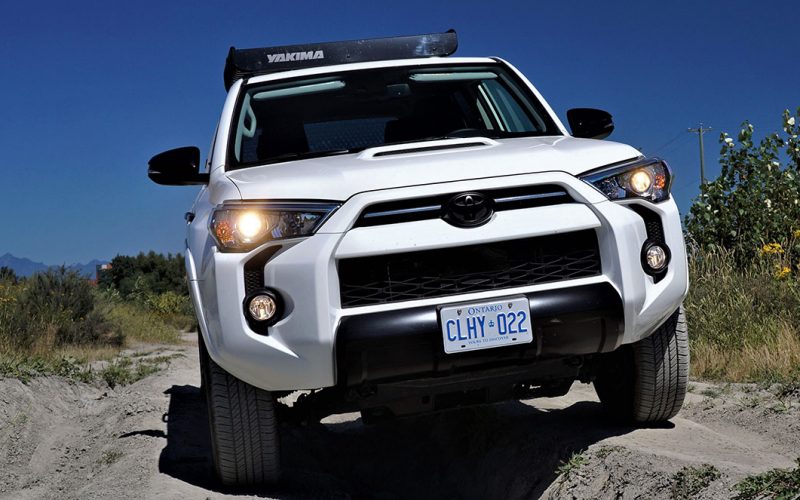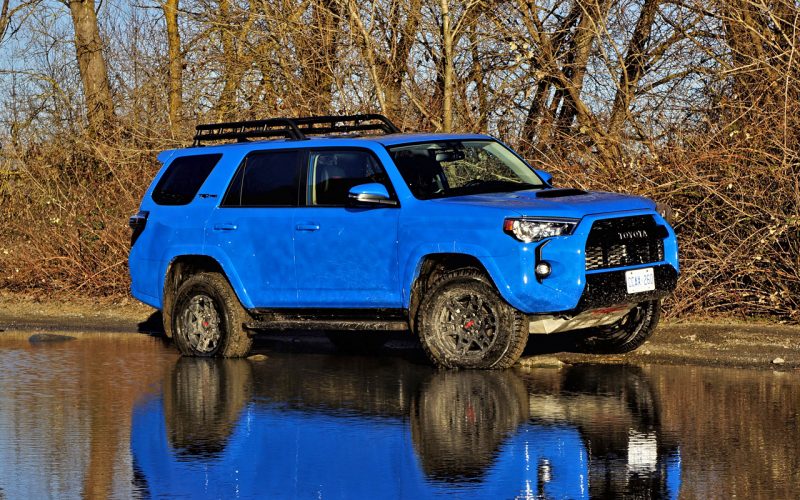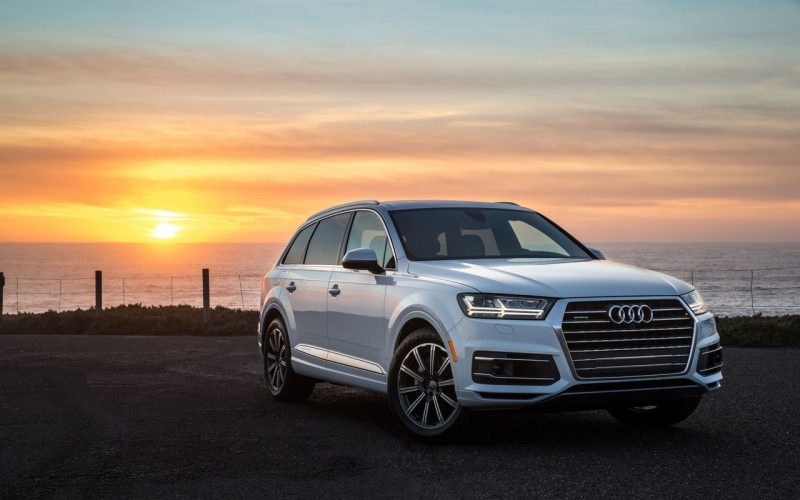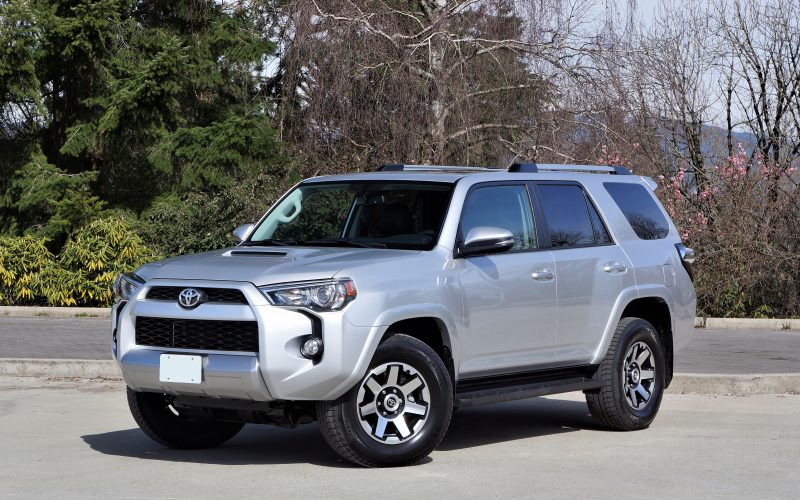
Reading Time: 13 minutesIf you’re the adventurous type and therefore require something to get you as far into (and

Reading Time: 9 minutesRemember when the traditional SUV was supposed to die? A lot of people make a lot

Reading Time: 4 minutesAudi and Subaru have been named best Mainstream Brand and best Premium Brand respectively in ALG’s

Reading Time: 5 minutesToyota’s latest 2017 4Runner is in our garage this week, and this particular example is one
© 2025 The Car Magazine. All Rights Reserved, Privacy Policy | Terms of Use